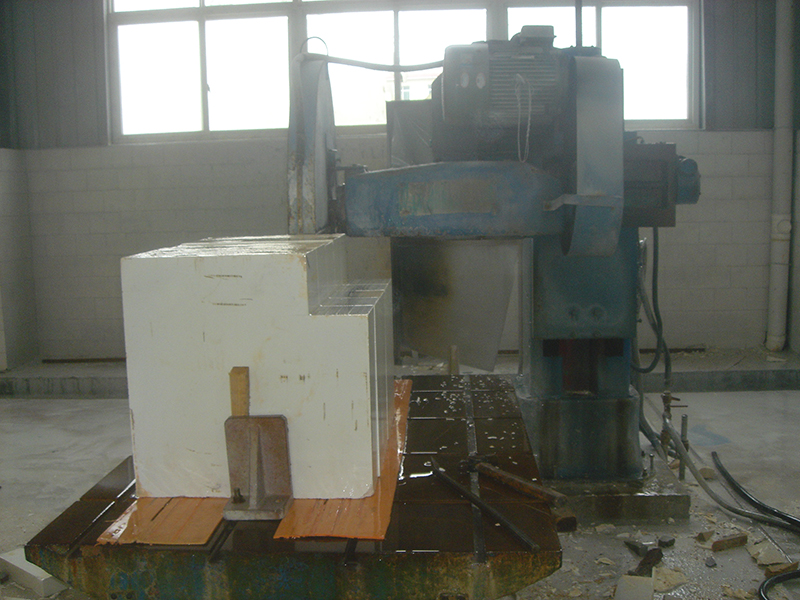What are the methods and limitations of refractory brick forming?
Forming in the manufacture of refractory bricks refers to the process of refractory raw materials passing through the refractory brick grinder to process the blank into a blank of a predetermined size and shape by means of external forces and models. However, the construction of newly developed artesian castables basically requires no external force.
The formation of refractory bricks is first to meet the requirements for the use of the products. When the refractory bricks are laid, the products must have a certain shape, accurate size and sufficient strength. Secondly, molding is also an effective means to improve the physical and chemical properties of the product. The structure of the product can be improved by molding. There are many ways to form refractory bricks. The traditional forming methods are divided according to the water content of the billet:
(1) Semi-dry method: its billet moisture is about 5%, which is suitable for billets with different clinker content (50% -100%);
(2) Plasticity method: the moisture content of the blank is about 15%, which is suitable for manufacturing large-scale or complex-shaped products;
(3) Grouting method: the moisture content of the blank is about 40%, which is suitable for producing various thin-walled refractory materials.
There are many molding methods for refractory bricks. Common molding methods include organic compression molding, vibration molding, extrusion molding, stamping molding, isostatic pressing, melt casting, and grouting.
Which molding method is selected is mainly based on the properties of the mud, the shape and size of the green body and other process requirements. Except that most of the refractory bricks are machine-pressed, vibration molding is generally used to form large shaped bodies, extrusion molding is generally used to form tubular bodies, and grouting is generally used to form thin-walled hollow bodies. Isostatic pressing is currently mainly used for the production of high-performance refractories.
Of course, the choice of molding method is also limited by the equipment conditions of the production plant, so some refractory bricks cannot use the best molding method. In this case, the enterprise should choose other more suitable molding methods on the premise of meeting the technical requirements of refractory bricks. Regardless of the method used, the formed body should meet the following requirements:
(1) The shape, size and accuracy meet the design requirements;
(2) Uniform and dense structure, no cracks on the surface and inside;
(3) Have sufficient mechanical strength;
(4) Meet the expected physical performance requirements.
The processing of refractory brick body is forming, and the main methods are: mechanical forming, isostatic pressing, melt casting, vibration forming, stamping forming, extrusion forming, and hot pressing forming.
